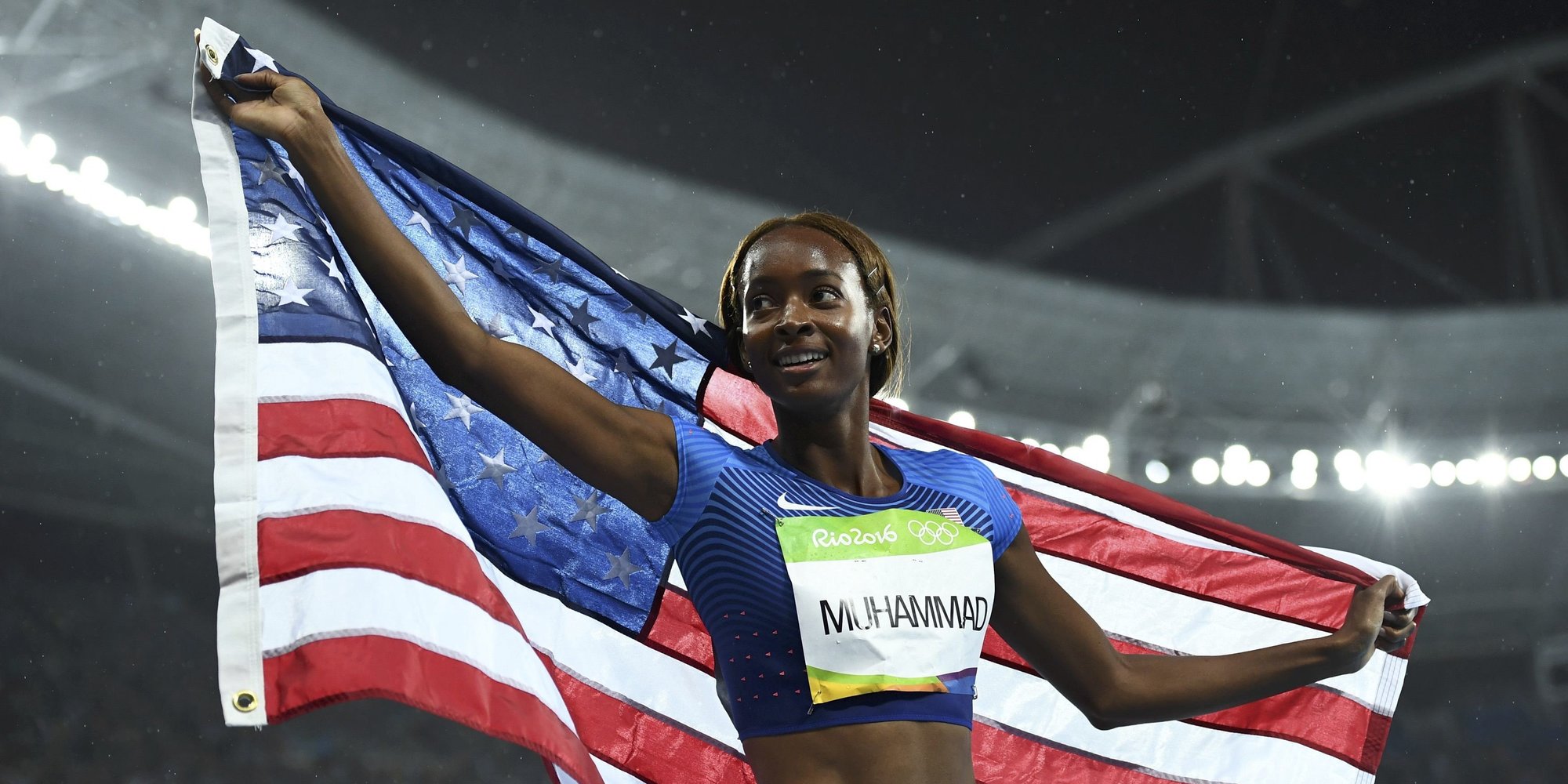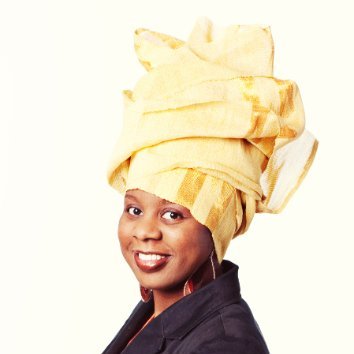Last week Dalilah Muhammad took gold in Rio’s 2016 Olympics, winning the 400-meter hurdles and clocking in at a breakneck speed of 53.13 seconds. The Queens, New York, native has dominated this race to the point where she has three of the five fastest times in the world, yet her win was one of the first times most Americans heard of her.
Dalilah is a devout Muslim. Her parents, also Muslim, have credited not only their daughter’s talent and self-discipline for her success, but also her deep faith. Here was a strong Muslim American woman on her way to the most prestigious sporting event on the globe, so why did this world-class athlete receive such paltry media coverage? Her hair. Or to be more precise–her lack of hijab.
The media could have written or talked about the obstacles Dalilah had to overcome on her road to Rio—her quad injury or her switching coaches—or the role Dalilah’s faith plays in her career as a professional athlete. There was no shortage of angles to choose from, but the media remained conspicuously silent.
Because Dalilah doesn’t wear her religion on her head, a piece on this 26-year-old would not have checked off the “diversity themed sports story” box off of the media’s to-cover-list. There isn’t an obvious “Muslimness” to Dalilah that Americans can immediately note. She doesn’t cover her hair, she doesn’t wear long pants and long-sleeved shirts and she only discusses Islam when specifically asked about it. If readers and viewers can’t identify a person’s faith at a glance and then either praise or put down the person for her beliefs, why bother dedicating precious coverage to her?
Someone the country couldn’t stop buzzing about did satisfy the visuals the media, and the public, look for to indicate “Muslim” in big, bold letters. Fencer Ibtihaj Muhammad garnered hundreds of headlines for being the first U.S. Olympian to compete in the hijab. Ibtihaj gave interviews, graced magazine covers and even made Time Magazine’s 100 Most Influential list.
One might argue that even if the media singled out Ibtihaj over Dalilah, at least it ran stories that showedcased Ibtihaj in a positive, empowering light. That’s something, right? Well, if we take a closer look, we see that her headscarf was the first, last and only focus given to this gifted fencer. Outlets ran pieces like “An American Hijab At The Olympics,” “Olympic Hopeful Mixing Muslim Faith and Fencing” and “Will America’s Olympic Flag Bearer Be Wearing A Hijab?”
If Dalilah was not Muslim enough for the media, Ibtihaj was nothing but Muslim to them. Her religion and the piece of cloth that represented her devotion to her religion were her defining qualities, as far as the media was concerned. Piece after piece and interview after interview veiled Ibtihaj’s fencing skills and statistics with her hijab.
Ibtihaj became a token Muslim woman. Discerning viewers and readers recognize tokenism for what it is—a hollow, perfunctory gesture towards the inclusion of members from less represented groups. Tokenism only serves to create the appearance of diversity.
When political rhetoric is fierce and pernicious, successful members of any minority group are thrust into the spotlight to act as the spokesperson for all who resemble them. The industry likes to champion one or two Muslims at a time, but no more. The lack of diversity when discussing diversity is alarming.
Both Ibtihaj’s and Dalilah’s stories should have been told. The media could easily package and see Ibtihaj’s story, but they couldn’t figure out how to write about a Muslim woman who looked like any other woman. And therein lies the problem. News outlets only see diversity in the shape of the hijab.
Kaitlin Montgomery is the altMuslimah news editor.





